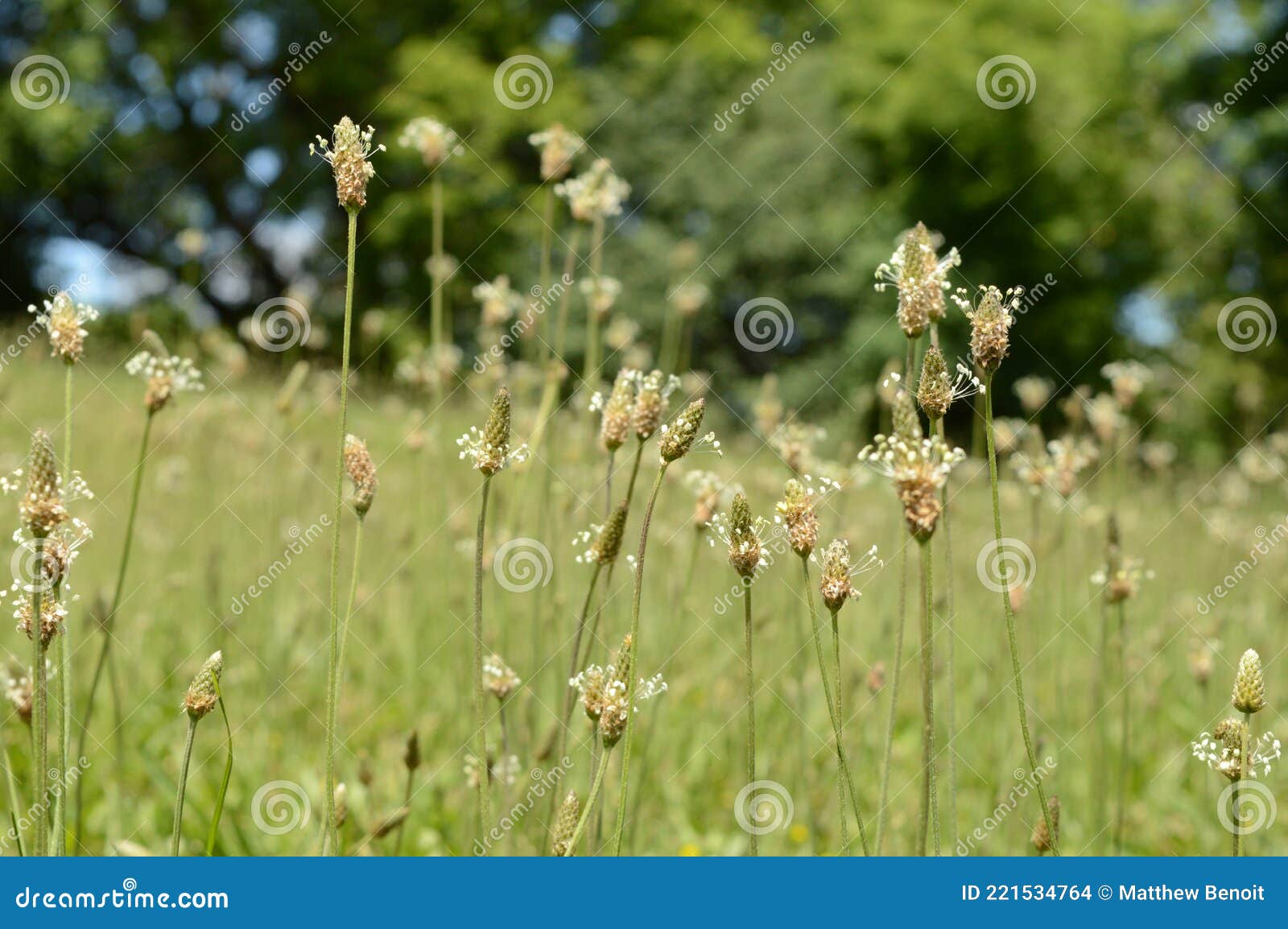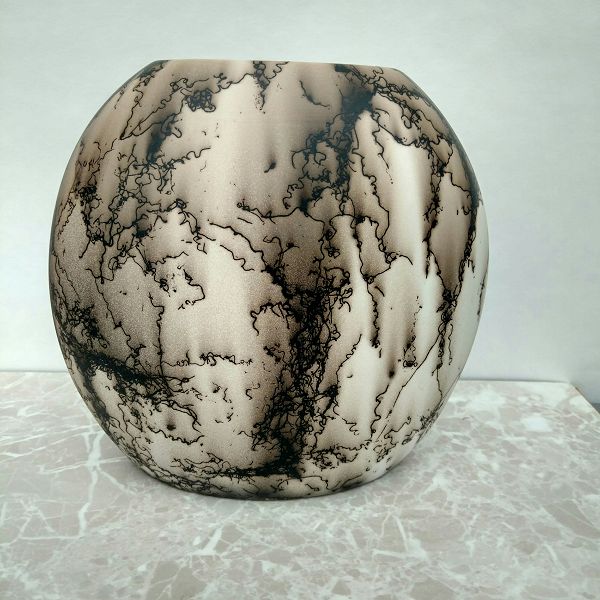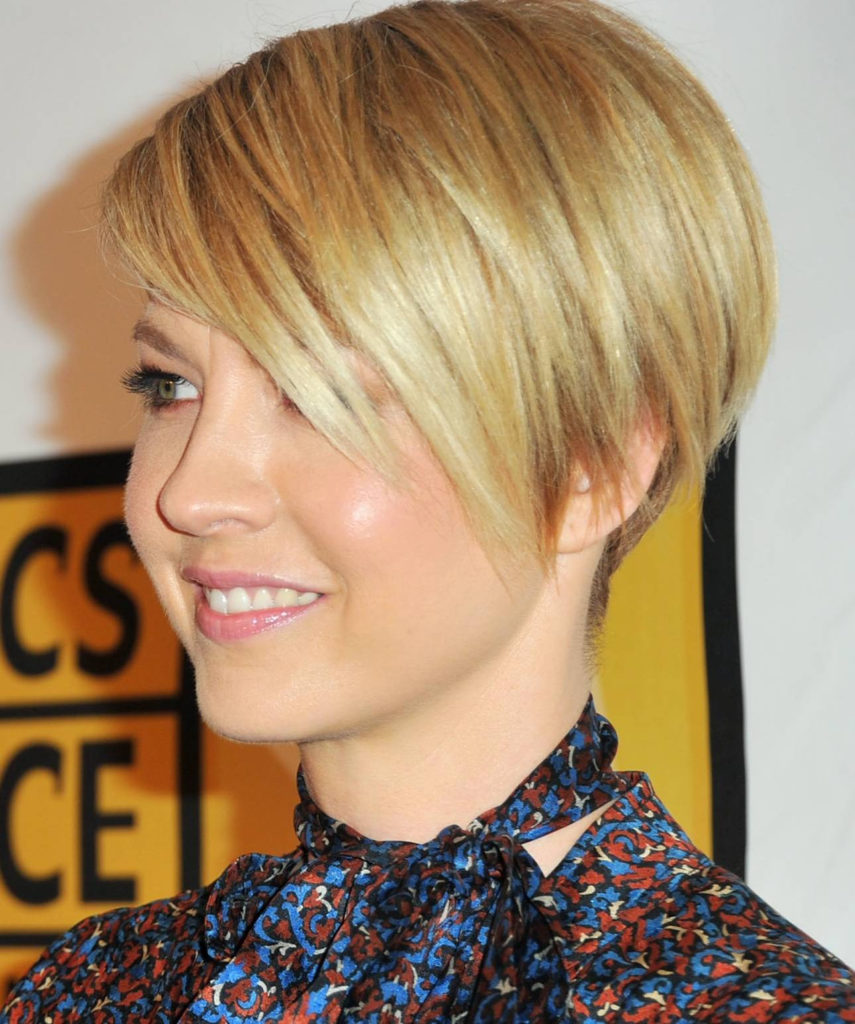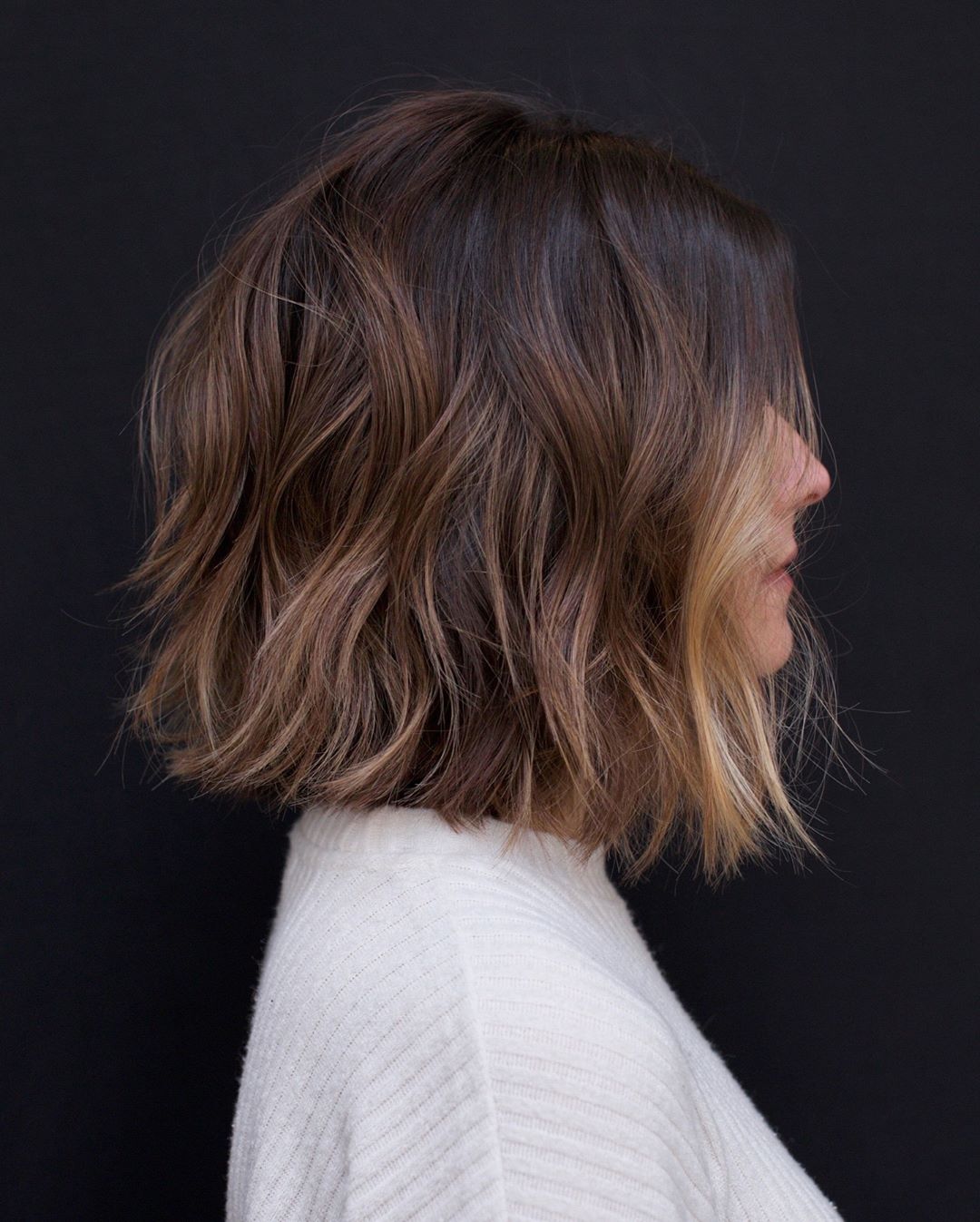Table Of Content

Treating the affected horse and isolating them from others can prevent further spread of the infection. If you are showing and want use gel or hairspray to smooth down the short hairs at the top of the tail, wash the tail thoroughly when you are finished. These products are drying and may cause your horse to rub his tail to relieve the itching. It is an ideal time to get to know your horse and to bond with him.
Equine Asthma
Behaviorally, an intact and healthy tail enhances the horse’s communication abilities, enabling clear signals and expressions through its movements. It can also influence the confidence and demeanor of the horse during social interactions, further impacting its overall mental and emotional state. A healthy natural tail length contributes to the overall well-being of a horse, impacting its physical health, grooming comfort, and behavioral patterns.
What Are The Benefits Of Maintaining A Healthy Horse Tail Length Without Hair?
Ingredients such as biotin, omega-3 fatty acids, zinc, and keratin are known to support healthy hair growth and strengthen the hair shaft. Consulting with your veterinarian or equine specialist can help you choose the right products for your horse’s individual needs. In conclusion, the and management of horse tail hair loss require a multifaceted approach. Remember to consult with professionals, such as veterinarians or equine nutritionists, for personalized advice and guidance tailored to your horse’s specific needs. When it comes to preventing and managing horse tail hair loss, one of the key factors to consider is proper nutrition and diet.
Discover more from EQUINE Ink
A horse’s mane does not contribute to its tail length without hair, as they are two separate areas of hair growth. Maintaining a healthy natural tail length eases grooming and maintenance tasks, allowing for natural grooming practices and reducing the need for extensive tail management. When measuring a horse’s tail length, it’s important to begin by gently combing through the tail to remove any tangles or knots. The natural length of a horse’s tail without hair contributes to its physical balance and agility, influencing its movements and overall maneuverability.

If you want to keep your horse’s tail up off the ground while it dries, put it in a loose slip knot. This way, he won’t be able to step on it and the hair will still dry quickly. ” she exclaimed.” Then she threw the brush in a nearby trash can and marched off.
Ask A Pro: 10 Tail Grooming Tips with Julie Goodnight - EQUUS Magazine
Ask A Pro: 10 Tail Grooming Tips with Julie Goodnight.
Posted: Mon, 12 Sep 2022 07:00:00 GMT [source]
Using a high-quality equine conditioner specifically designed for tail care can help keep the skin moisturized and prevent dryness and irritation. Additionally, applying a nourishing oil, such as coconut oil or argan oil, can help promote hair growth and improve the overall health of the tail. One common reason for hair loss in horse tails is a condition known as tail rubbing. Tail rubbing can occur due to a range of factors, including skin irritations, parasites such as mites, or even allergies. When a horse repeatedly rubs its tail against surfaces to alleviate discomfort, it can lead to hair breakage and ultimately result in a horse tail without hair. Skin issues, such as fungal or bacterial infections, can cause hair loss in horses.
How to Clean A Horse’s Tail
To stimulate healthy tail growth, brush the dock of your horse’s tail daily with a dandy brush. This will loosen and remove dirt and dander, which can make your horse itchy. Brushing the dock and upper part of the tail bone also increases blood flow, which stimulates growth and promotes healthy horse tails.
Health Reasons

Treating the horse with appropriate medication to eliminate the parasites can help restore hair growth. "Tail extensions," also known as "false" or "fake tails," "switches" or "tail wigs," are false hairpieces which are braided or tied into the existing tail to make it longer or fuller. This is sometimes seen when a horse has a naturally short and skimpy tail in a discipline where long tails are desired. False tails are currently popular in western pleasure and other western riding events for stock horse breeds shown in the United States and Canada.
Breeds that are prone to hormonal issues like PPID may experience tail hair loss. The length of a horse’s tail without hair is determined by the underlying muscle structure, typically measuring approximately 3 feet or more, depending on the breed. Additional scientific research is needed to determine horsetail extract’s ability to stop hair loss or generate new hair growth. Horses like the Budweiser Clydesdales were, at one time, docked.
The dock consists of the muscles and skin covering the coccygeal vertebrae. The term "skirt" refers to the long hairs that fall below the dock. On a horse, long, thick tail hairs begin to grow at the base of the tail, and grow along the top and sides of the dock.
Rather, speak to a vet if your horse is losing hair at an abnormal rate. If you want to or need to dock your horse, do so under the advice of a vet or call in a professional who is familiar with this type of grooming. Braiding the long hairs of the tail is also popular during competitions, as it looks smart on the horse. Sometimes the braids happen over the dock; other times the hairs can be plaited from the dock down the length of the tail to the tip. The hairs between the dock and the tip are sometimes referred to as the skirt.











